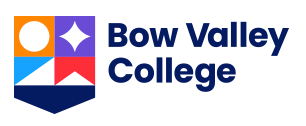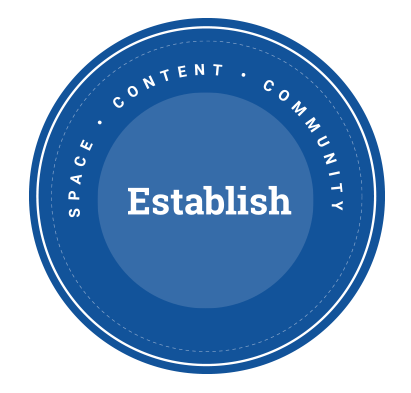Welcome to the eLearning Toolkit
This e-toolkit is for ELL instructors and course developers teaching in a variety of online ELL contexts – fully online, blended, or face-to-face.
The eLearning Toolkit guides you through a process of establishing, facilitating, and evaluating the online learning environment – the space, content, and community that you and your learners interact with.
This resource is a supplemental tool that will:
- increase your awareness of presence in online environments
- decrease the potential for your learners to experience isolation
- address three common barriers to online learning: accessibility, communication, and engagement
What
The eLearning Toolkit is a collection of resources and information to help language teachers develop methods, strategies, and a mindset for using online and digital technology. It includes useable resources and information for generating ideas and strategies related to online ELL.
This toolkit aims to increase your expertise in planning, facilitating, and evaluating online language learning with a focus on ways to promote accessibility, enhance communication, and foster engagement.
The toolkit is the second phase of a two-part project on Virtual Education in ELL undertaken at the Centre for Excellence in Immigrant and Intercultural Advancement at Bow Valley College.
Why
The online ELL classroom differs from the traditional face-to-face classroom. The unique nature of language learning requires an ELL-specific lens for online learning. The shift from communicating in a face-to-face space to a digital space can affect learner cognitive load, create barriers to learning, and alter the sense of presence and community.
Technology can be a powerful aid to online language learning, but it is often time consuming for teachers and developers to learn about current methods and strategies. The eLearning Toolkit is a place where educators can learn about pedagogy related to online ELL.
How
Access resources and tools at any stage of the process through the establish, facilitate, or evaluate sections of the toolkit, or through the Tools database.
The tools are divided into two broad areas: Learning Activities or Instructional Resources. Skim and scan the resources and information to discover strategies and ideas that can help you develop and deliver online ELL. Explore in depth the areas that are relevant to you.
Information is organized around three ways of considering the online environment: the space, the content, and the community. The tools in each area address three common problems in online learning: accessibility, communication, and engagement.
Research & standards that informed the toolkit
Virtual Education in ELL
Applied research report conducted by Bow Valley College on issues of learner isolation and instructional distance in ELL online learning environments
eCampusAlberta Quality Standards
An eToolkit created by eCampusAlberta to support post-secondary institutions in the design, creation, and assessment of quality online courses




